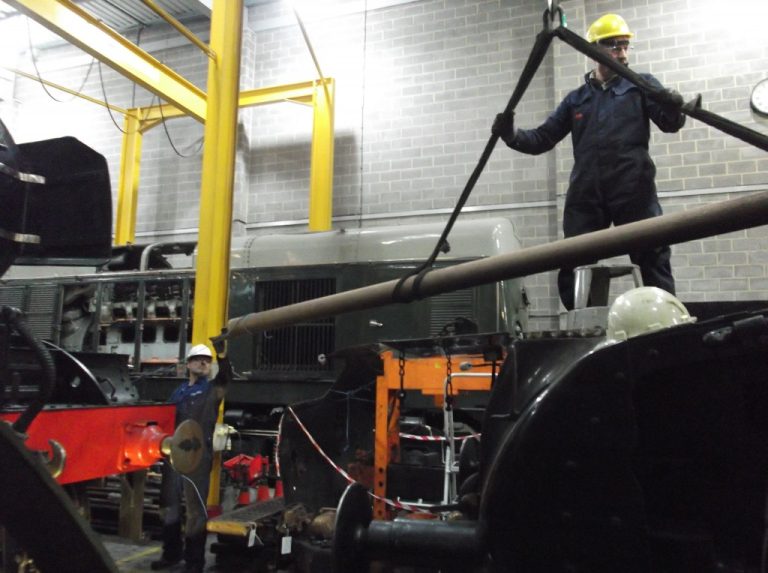Maximizing Efficiency: The Dynamic Duo of Lubricants and Geosynthetics
In the world of engineering and construction, the role of lubricants in reducing friction and enhancing efficiency cannot be overstated. When paired with geosynthetics, these lubricants can revolutionize performance across a spectrum of applications. This article delves into the collaborative potential of lubricants and geosynthetics, addressing common inquiries and illuminating the advantages of their combined usage.

How do lubricants bolster geosynthetic performance?
Lubricants play a pivotal role in diminishing friction between geosynthetics and adjacent materials, simplifying installation processes, and mitigating wear and tear over time. By minimizing frictional resistance, lubricants also augment the flexibility and resilience of geosynthetic materials, ensuring sustained performance across diverse environmental conditions.
What factors should be considered when selecting lubricants for geosynthetic applications?
Selecting the appropriate lubricant for geosynthetics necessitates careful consideration of material compatibility and environmental variables. Opt for lubricants that are non-reactive and offer enduring performance without compromising the integrity of the geosynthetic. Moreover, prioritize environmentally friendly lubricants to minimize ecological repercussions.
How do geosynthetics amplify the efficacy of lubricants?
Geosynthetics serve as a protective barrier between the lubricant and surrounding soil or structures, averting contamination and ensuring uniform distribution of the lubricating agent. Furthermore, geosynthetics provide reinforcement and stability, optimizing lubricant performance in diverse civil engineering applications, including soil stabilization, erosion control, and landfill liners.
What are some prevalent applications where lubricants and geosynthetics converge?
Lubricants and geosynthetics are indispensable in applications such as pipeline installation, facilitating seamless insertion of pipes into trenches and safeguarding against damage during backfilling. Additionally, they are instrumental in geotechnical projects like retaining walls and embankments, where lubricated geosynthetics streamline construction processes and bolster long-term stability.
In conclusion, the amalgamation of lubricants and geosynthetics presents a formidable solution for enhancing performance across myriad engineering and construction endeavors. By minimizing friction, streamlining installation processes, and ensuring enduring durability, this synergistic partnership paves the way for sustainable infrastructure development. When selecting lubricants and geosynthetics for a project, prioritize compatibility, environmental considerations, and long-term performance to harness the full potential of this dynamic alliance.






